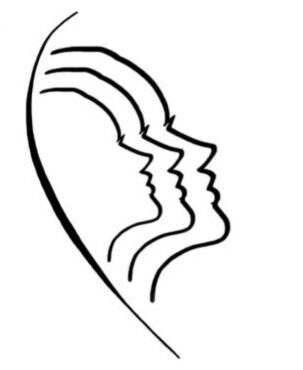A cleft of the lip and palate can be complete or incomplete. In an isolated cleft palate, which involves only the palate, little aesthetic deformity may be present. However, functional problems can be severe, especially speech difficulties.
In Pierre Robin Syndrome, a cleft palate and small lower jaw combine to cause backward displacement of the tongue, which may affect breathing or eating in the first few months of life. Surgery to repair a cleft lip can take place at around three months. Cleft palate repair can be scheduled when the infant is about a year old.
Rare Facial Clefts
In rare facial clefts, there is extensive clefting of the face and skull. This condition is classified on a scale from 0 to 14 in a system devised by craniofacial surgery founder Paul Tessier.
Dental Malocclusion
When the teeth do not meet or align properly, it is known as malocclusion. This deformity can seriously affect eating, oral hygiene and speech.
Binder Syndrome
Flat midface and small, flat-tipped nose. The upper jawbone is set back, frequently resulting in a bite that positions the upper teeth behind the lower.
Small Lower Jaw
The most common jaw deformity, which results in a severe overbite.
Long Face
This deformity is characterized by a long face with an excessive amount of upper teeth and gums showing. This may result in a severe overbite.
